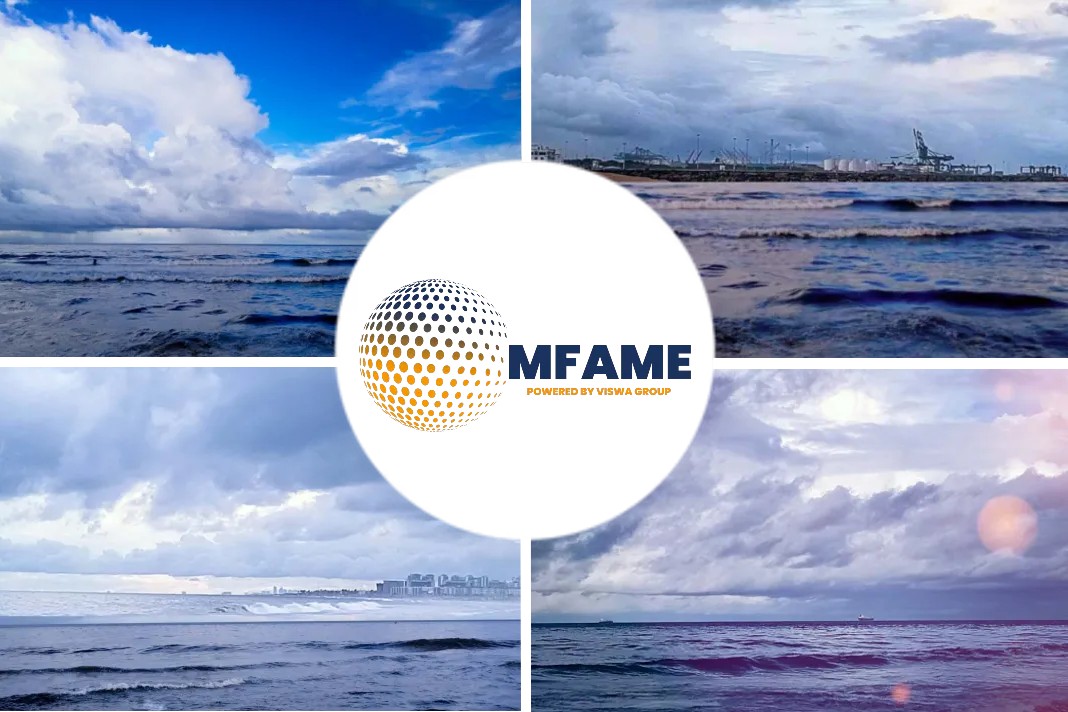
With global warming melting ice floes in Arctic waters, a Chinese shipping company is sending a container vessel to China from Russia through an Arctic channel this summer, reports YICAI Global.
The ship departed Saint Petersburg early last month and will arrive in Shanghai in the middle of this month, a manager at New New Shipping told Yicai. The ship is carrying 1,600 standard containers filled with paper, cardboard, chemicals, and fertilizers.
New route based on shipping costs
The Hainan province-based firm decided to open the new route based on the international situation, shipping costs, and weather conditions, the manager added, noting that it will be a third faster than the usual 45-to-50-day journey through the Suez Canal.
To travel between East Asia and Western Europe through the Suez Canal, ships have to sail between 18,000 to 20,000 kilometers.
Ice floes are the most uncertain factor in Arctic shipping, the manager said. Northern Sea Route Administration, a unit of Russia’s Rosatom State Atomic Energy, regularly provides information, navigation support, and nuclear-powered icebreakers for container shipping channels through Arctic waters.
Weather and other conditions permitting, container liner operations through the Arctic route will continue from July to late October, the manager said, adding that New New Shipping will sail one ship every 10 to 15 days to ensure regular shipping.
Commercializing the Arctic route
The prospects for the Arctic route will gradually improve in the next few years, changing the ocean transportation pattern to a degree and driving economic development along the route, the manager pointed out.
The Arctic may have an ice-free summer in 2030, according to a recent study published in the journal Nature.
But vessels traversing the Arctic mainly carry oil from the Kamchatka Peninsula, said Yang Jie, a senior international affairs coordinator at the International Train Consulting Service Center of the China Communications and Transportation Association. There are not many commercial container ships in Arctic waters because they have special requirements, such as being equipped with icebreakers, Yang said.
Moreover, commercializing the Arctic route depends not only on technical breakthroughs but also on commercial operation and supporting infrastructure, such as port facilities and railways linking up docks and destinations, Yang noted.
Did you subscribe to our daily Newsletter?
It’s Free! Click here to Subscribe!
Source: YICAI Global























